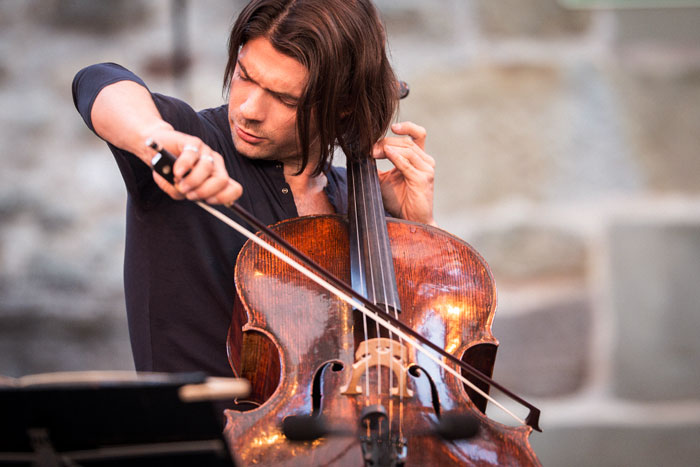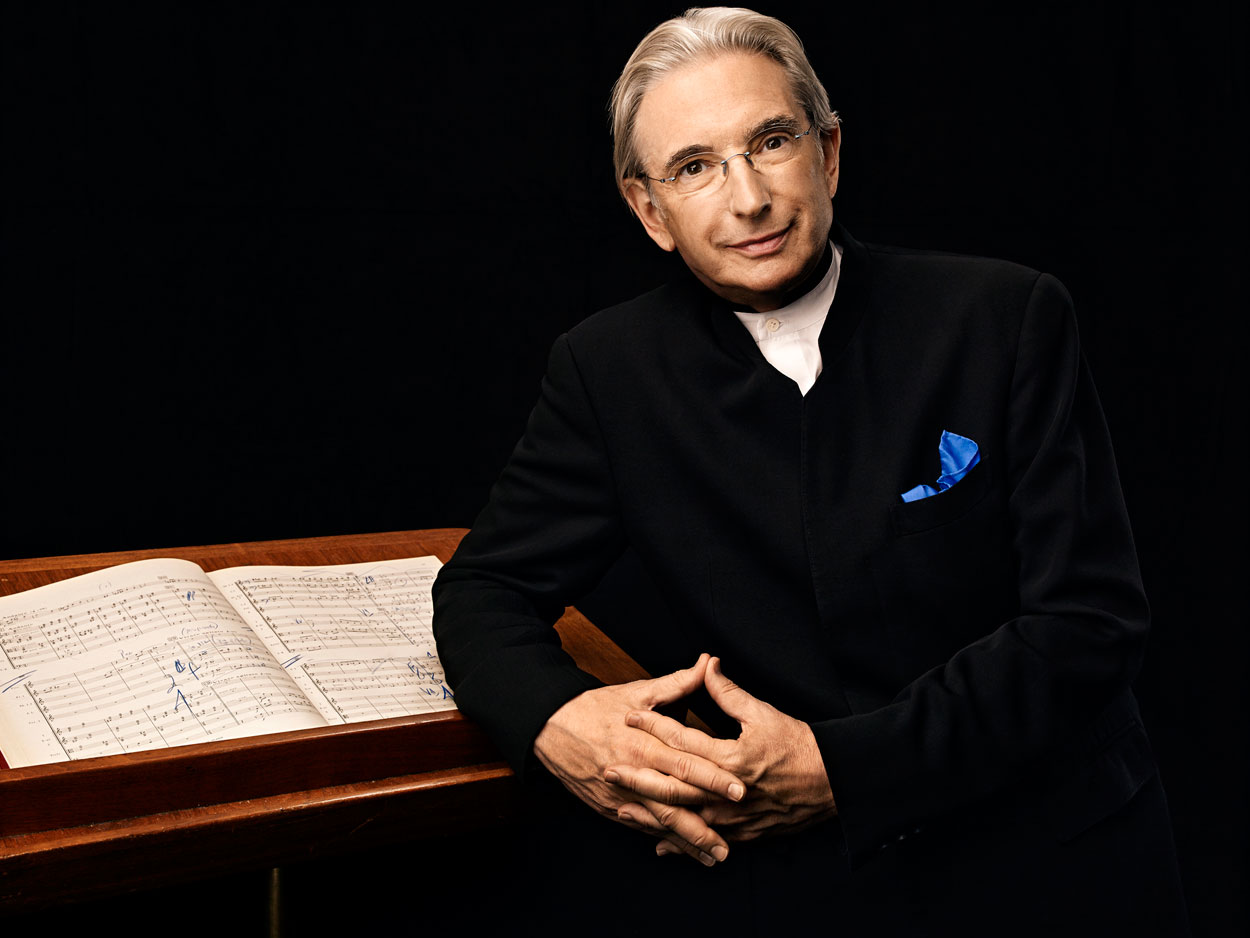
Internationally acclaimed French cellist Gautier Capuçon returns to Davies Symphony Hall this week as the guest soloist with Michael Tilson Thomas and the San Francisco Symphony. He plays the Shostakovich Cello Concerto No 1 in a program which includes Tchaikovsky’s heart-melting Symphony No 6, Pathétique.
Known for his profoundly expressive yet spirited artistry, Gautier Capuçon is the recipient of a number of awards – First Prize in the Maurice Ravel International Academy of Music competition in 1998, the International Andre Navarra Cello Competition in 1999, he was named New Talent of the Year by Victoires de la Musique in 2001, won the Borletti-Buitoni Trust Award in 2004, and four Echo Classics awards between 2004 and 2012.
Gautier Capuçon regularly appears with some of the world’s finest orchestras – the London Symphony and Philharmonia orchestras, Berliner Philharmoniker, Russian National Orchestra, Staatskapelle Dresden, Münchner Philharmoniker, Chicago Symphony Orchestra and the Los Angeles Philharmonic – working with illustrious conductors such as Charles Dutoit, Semyon Bychkov, Valery Gergiev, Gustavo Dudamel, Lionel Bringuier, Andris Nelsons, Christoph Eschenbach, Andrés Orozco-Estrada, and Yannick Nézet-Séguin, as well, of course, with MTT and the San Francisco Symphony.
Mr Capuçon is the founder and leader of the Classe d’Excellence de Violoncelle at the Fondation Louis Vuitton – based in Frank Gehry’s fascinating new Auditorium in Paris – coaching six specially selected and talented young cellists in a six-month series of public masterclasses and concert performances. For this current series, Gautier Capuçon has commissioned a work for seven cellos from composer Bruno Mantovani, which will be premiered at the last concert of the season in June this year.
Dmitri Shostakovich wrote his Cello Concerto No 1 in 1959, during a period of uncertainty in Russia, for although Stalin had died six years previously, the feeling of relief which his death brought to the Russian people was tempered by a degree of apprehension about what the future might hold.
The concerto was dedicated to Shostakovich’s great friend and artistic partner Mstislav Rostropovich, who was delighted to have had it written for him. During the concert tours of Europe which he and the composer had undertaken during the 1950s, he had nurtured the hope that Shostakovich would bestow such an honor on him, and such was Rostropovich’s enthusiasm for the work that he learned it by heart within just four days, much to the astonishment of the composer. The Cello Concerto was premiered by Rostropovich in 1959 with the Leningrad Philharmonic conducted by Evgeny Mravinsky.

This week’s concerts open with a work entitled The Jewish Orchestra at the Ball of Nothingtown by the 20th century Russian composer Mikhail Gnessin who studied at the St Petersburg Conservatory with composers such as Nikolai Rimsky-Korsakov, Alexander Glazunov and Anatol Lyadov. Gnessin’s four sisters – all professional musicians – founded the Gnessin Institute of Musical Art in Moscow, an elite training school now known as the Gnessin Russian Academy of Music. The Jewish Orchestra at the Ball of Nothingtown is a suite of incidental music for orchestra, comprising seven dances – Quadrille, Polka, Romance, Valse, Gavotte, Petits pieds and Galop.
Tchaikovsky’s Symphony No 6 was composed between February and August 1893, and dedicated to his nephew Vladimir (Bob) Davidov. The world premiere at the Hall of Nobles, St Petersburg on October 28, 1893 was conducted by the composer, and nine days later he died.
At the time that Tchaikovsky began writing this symphony, he was somewhat depressed over the reception received the previous December for a double bill featuring his ballet, The Nutcracker, and his one-act opera Iolanthe. He decided that the symphony would have a program, “but a program of a kind that would remain an enigma to all”, he said, and initially he planned to call it the Program Symphony (No 6). It was his brother Modest who came up with the title Pathétique which, according to Tchaikovsky’s biographer John Warrack (writes Michael Steinberg), is more similar in Russian to words such as ‘passionate’ and ‘emotional’ than the English word ‘pathetic’. Despite the fact that Tchaikovsky was said to have “shed many tears” while writing the symphony, he also declared that it had given him great pleasure to compose and that he regarded it as his best and most sincere work.
Michael Tilson Thomas leads the San Francisco Symphony, in a program of music by Gnessin, Shostakovich – with guest artist Gautier Capuçon – and Tchaikovsky, at Davies Symphony Hall from March 1 to 4. For further information, and for tickets, visit the San Francisco Symphony website.
Sources:
San Francisco Symphony program annotator, the late Michael Steinberg:
Shostakovich Cello Concerto
Tchaikovsky Symphony No 6, Pathétique
